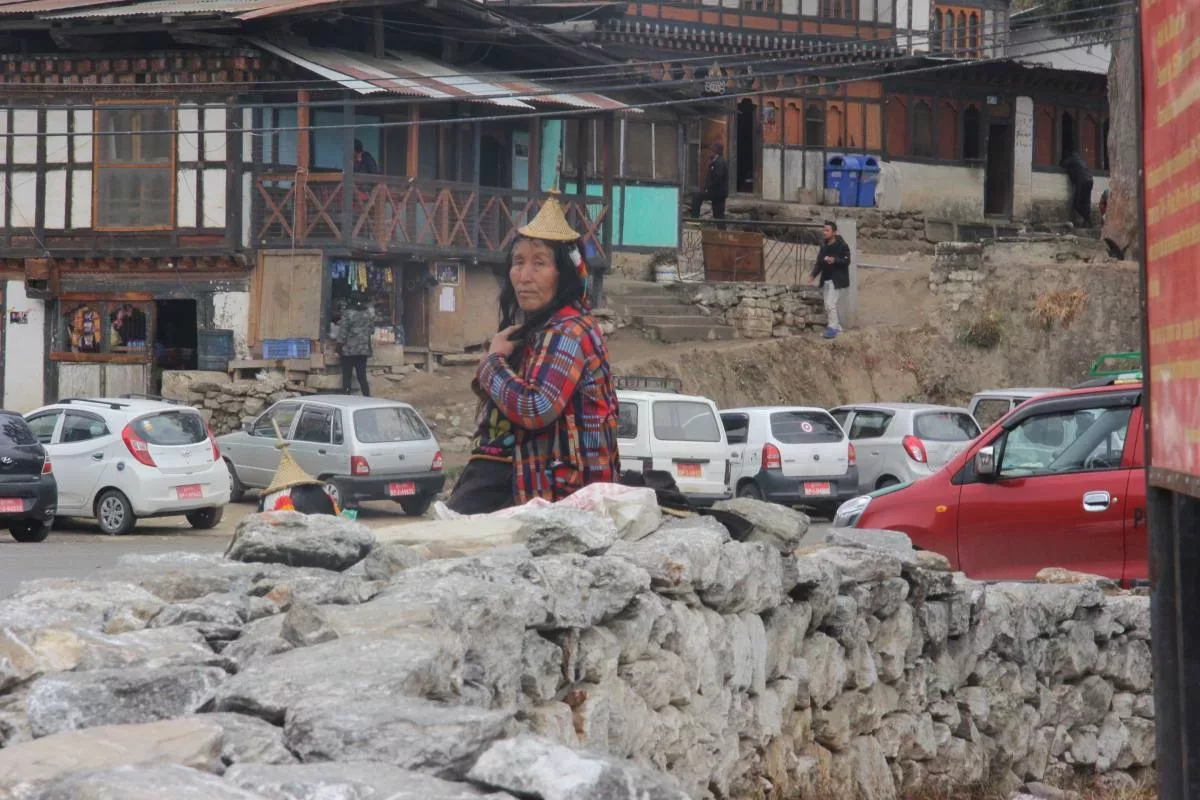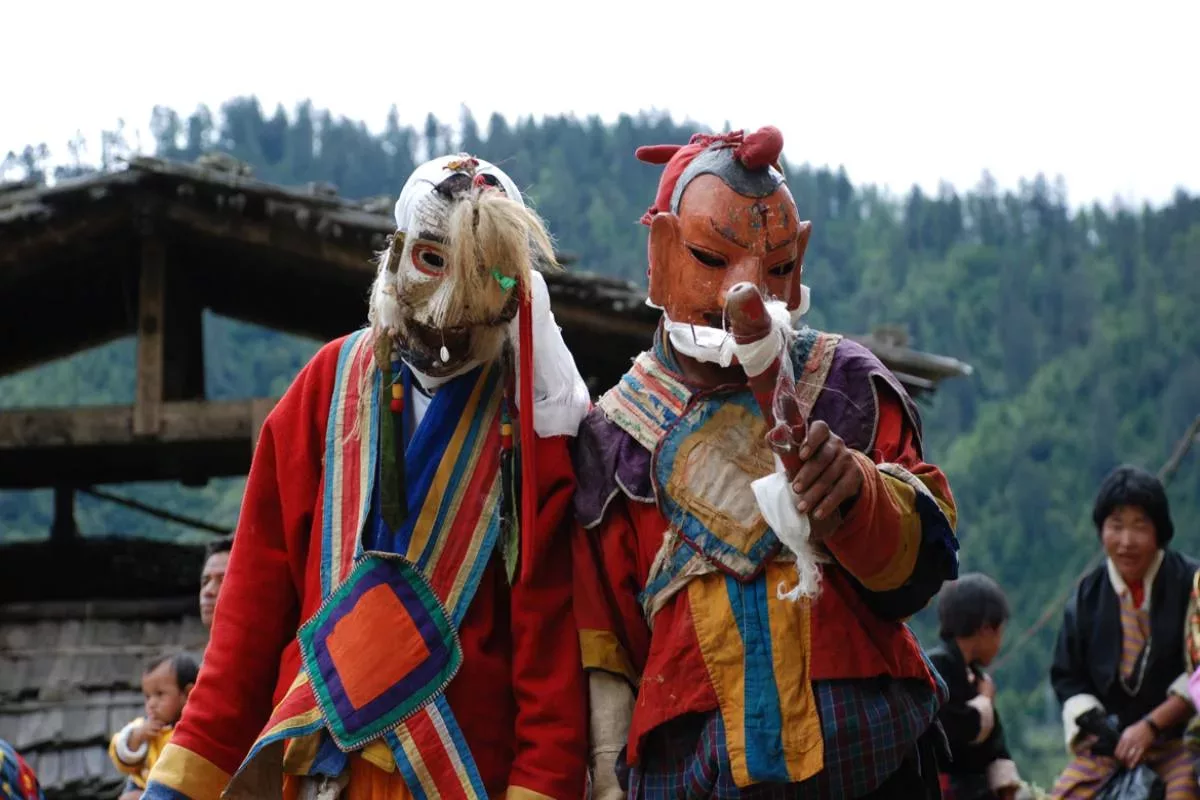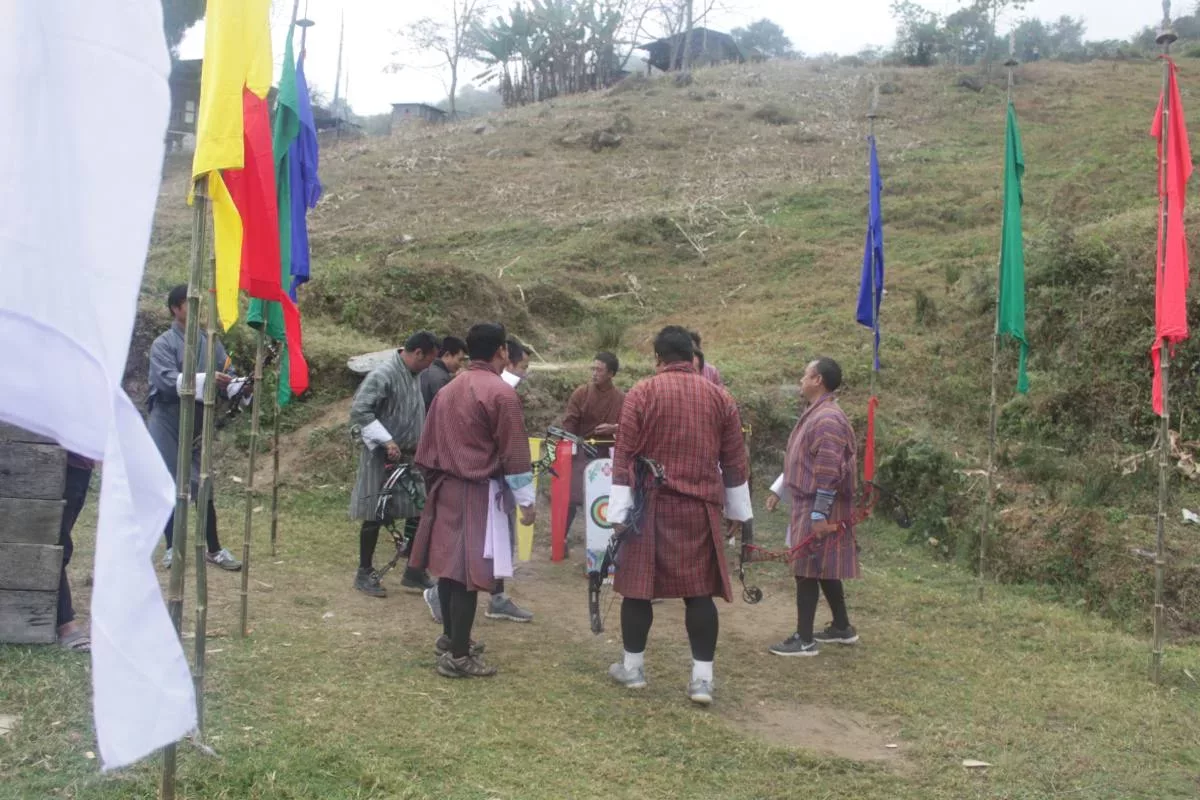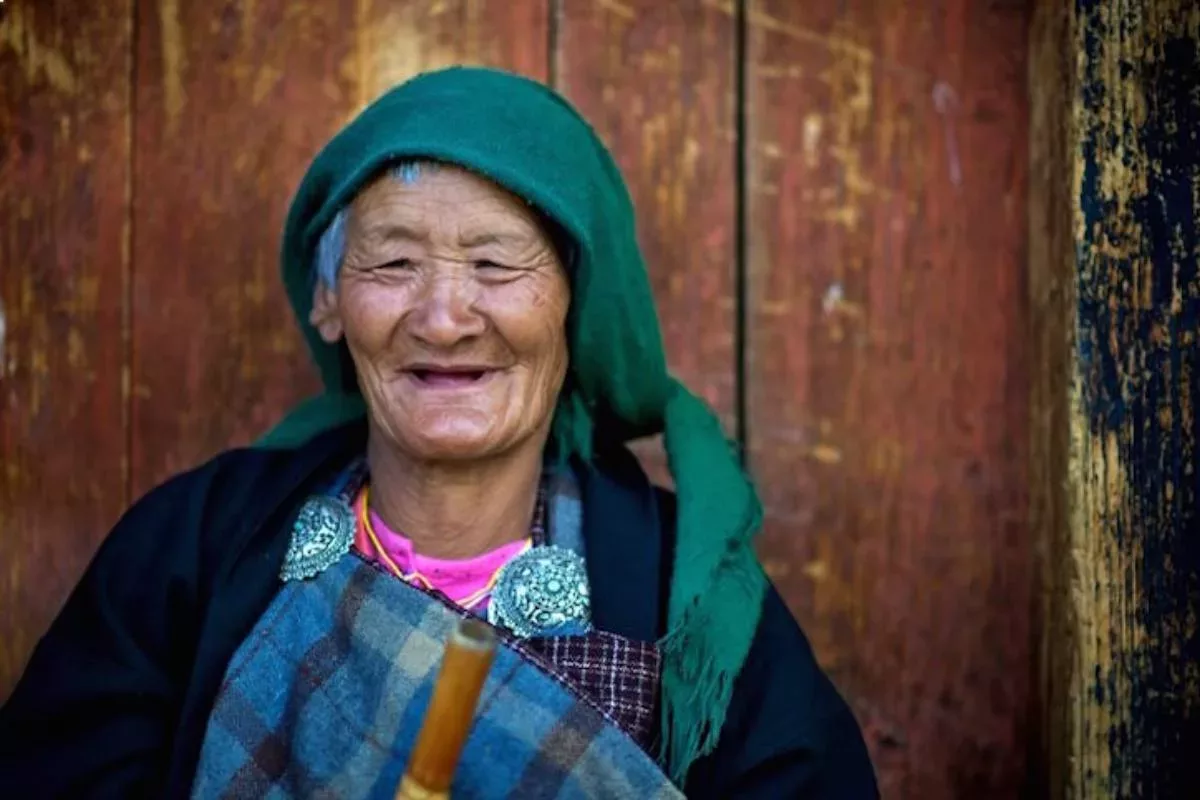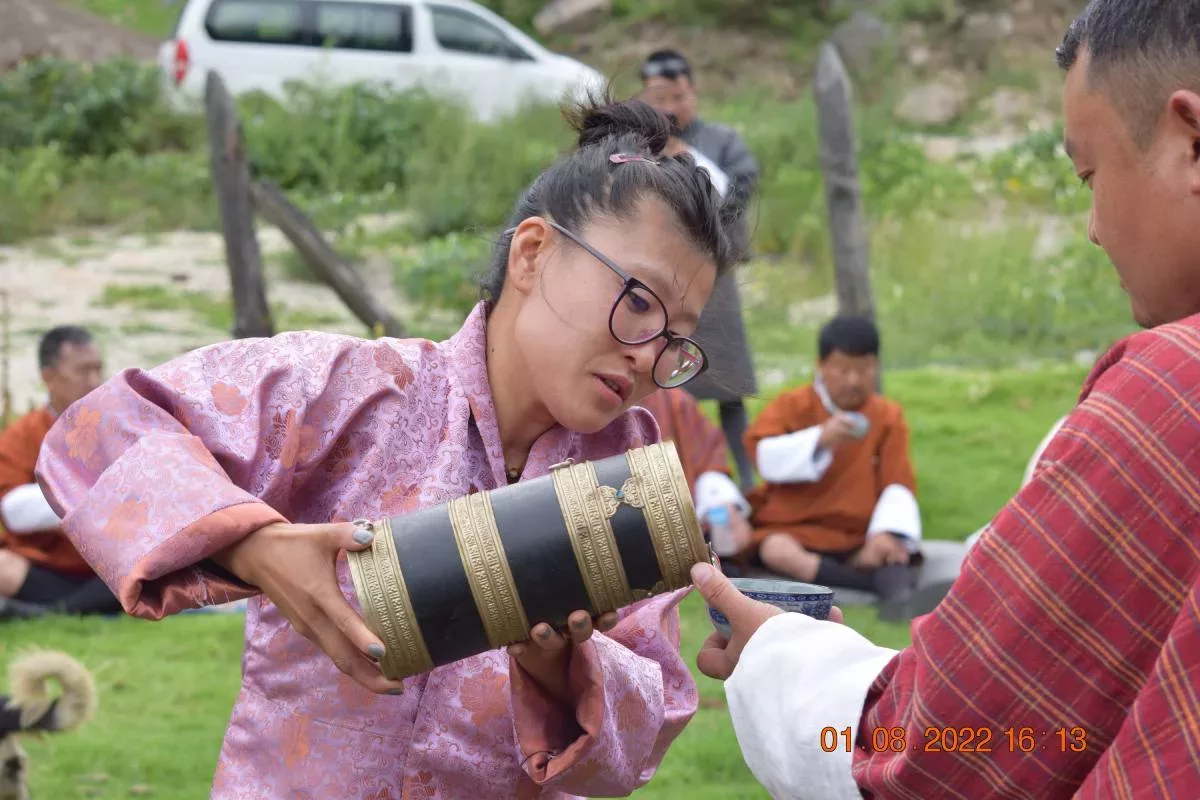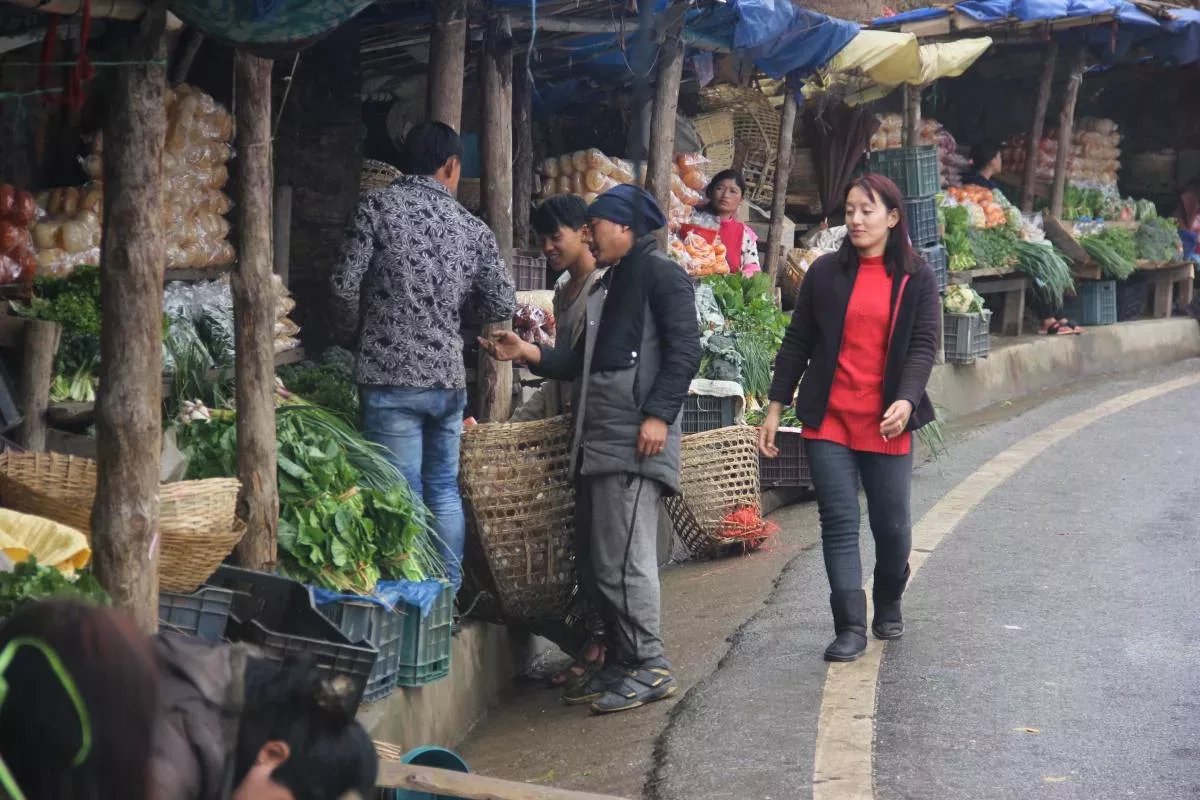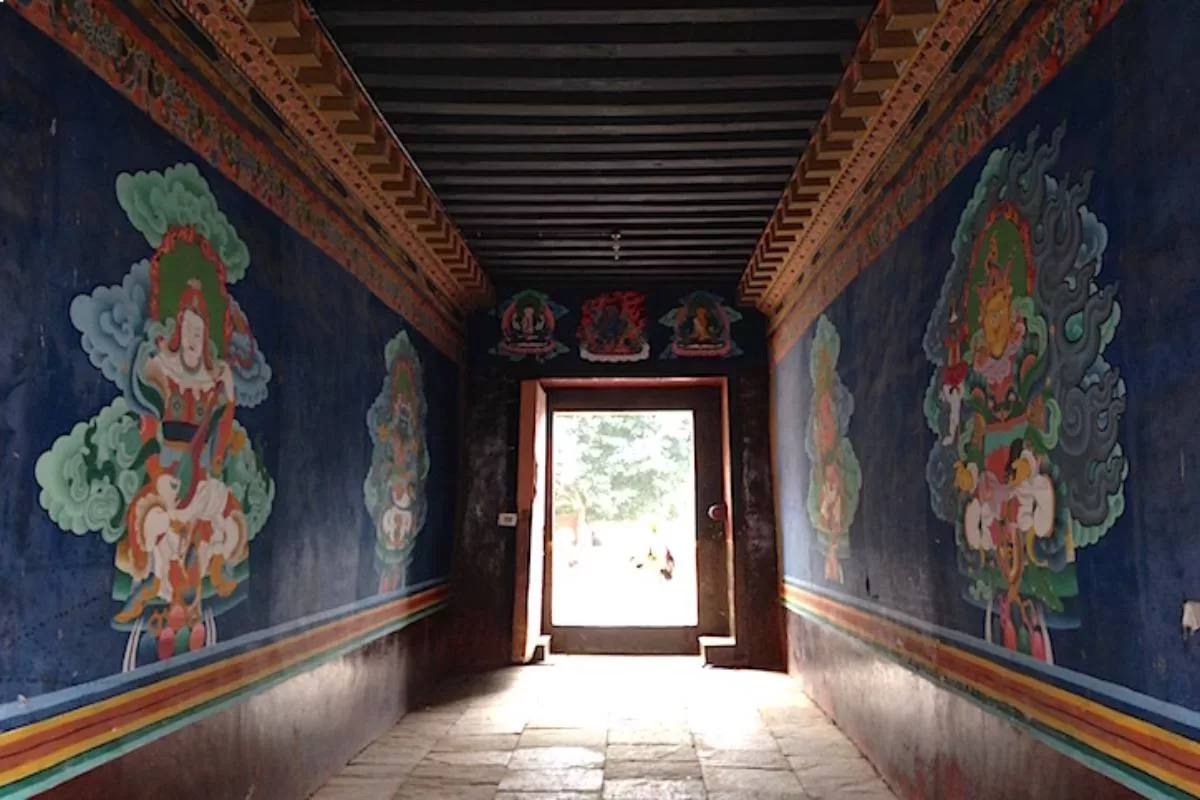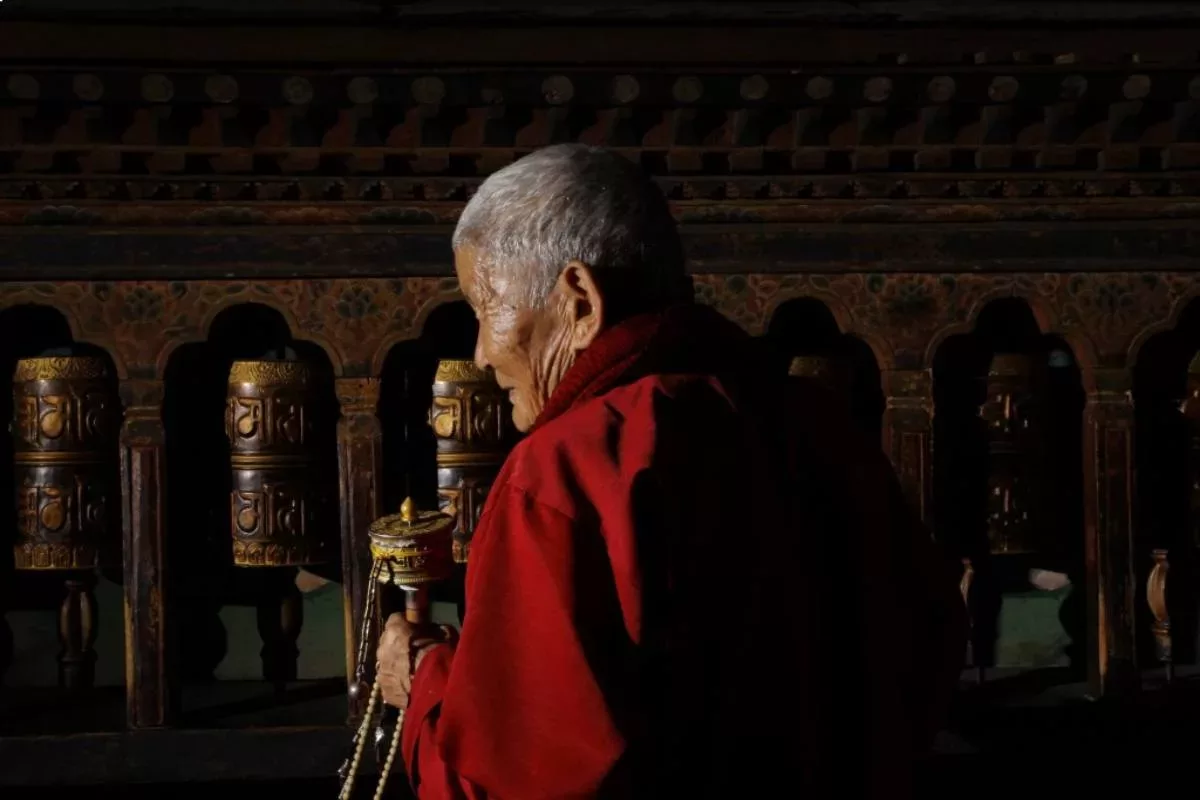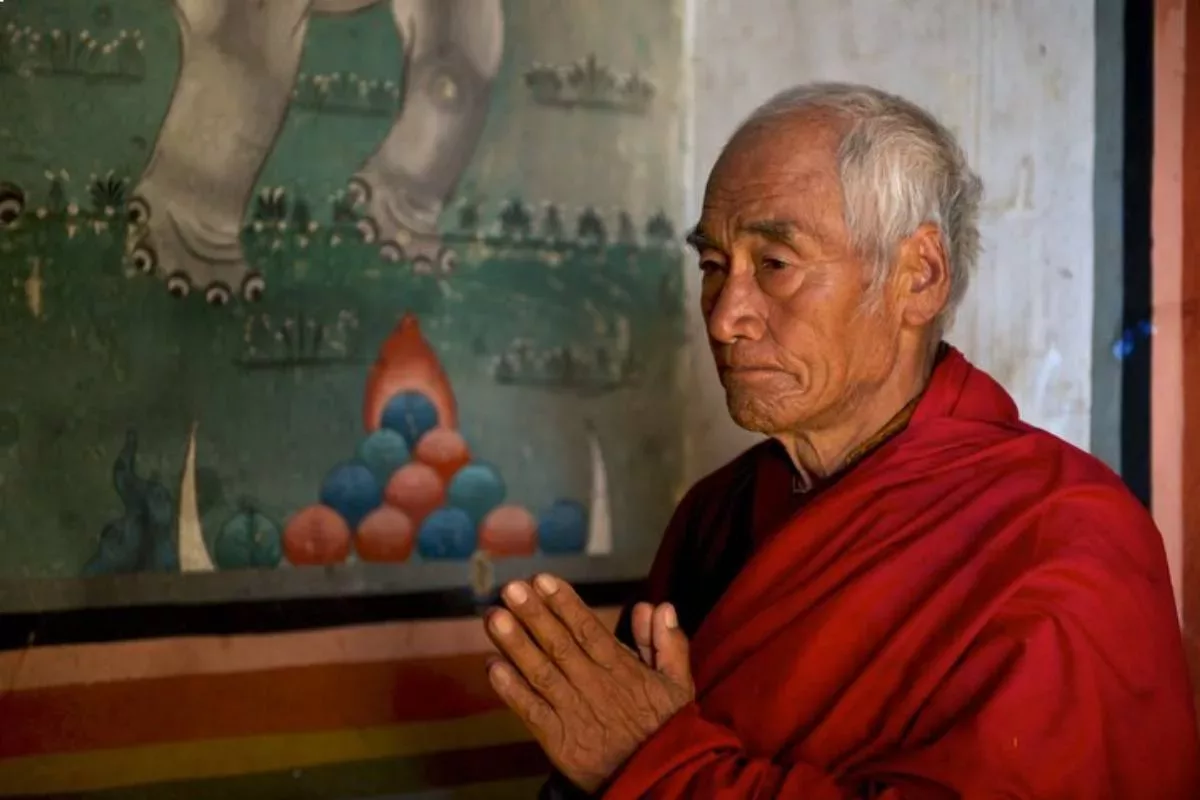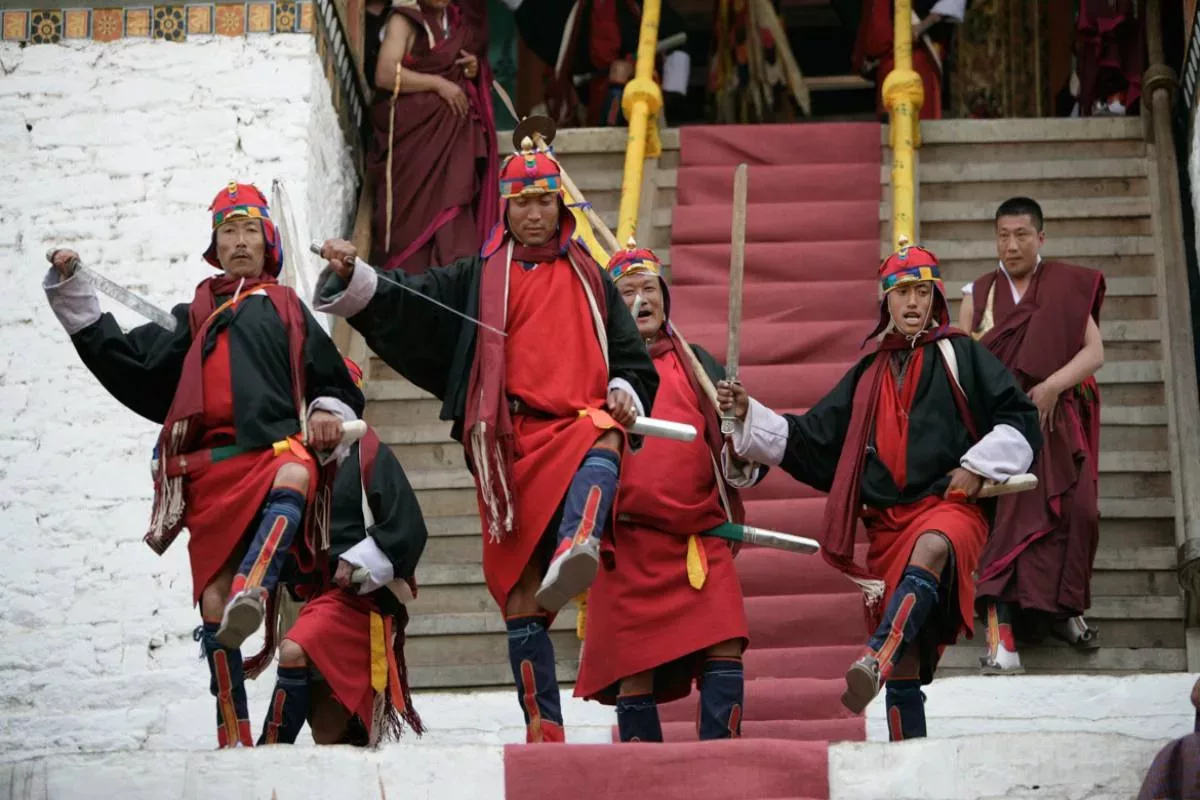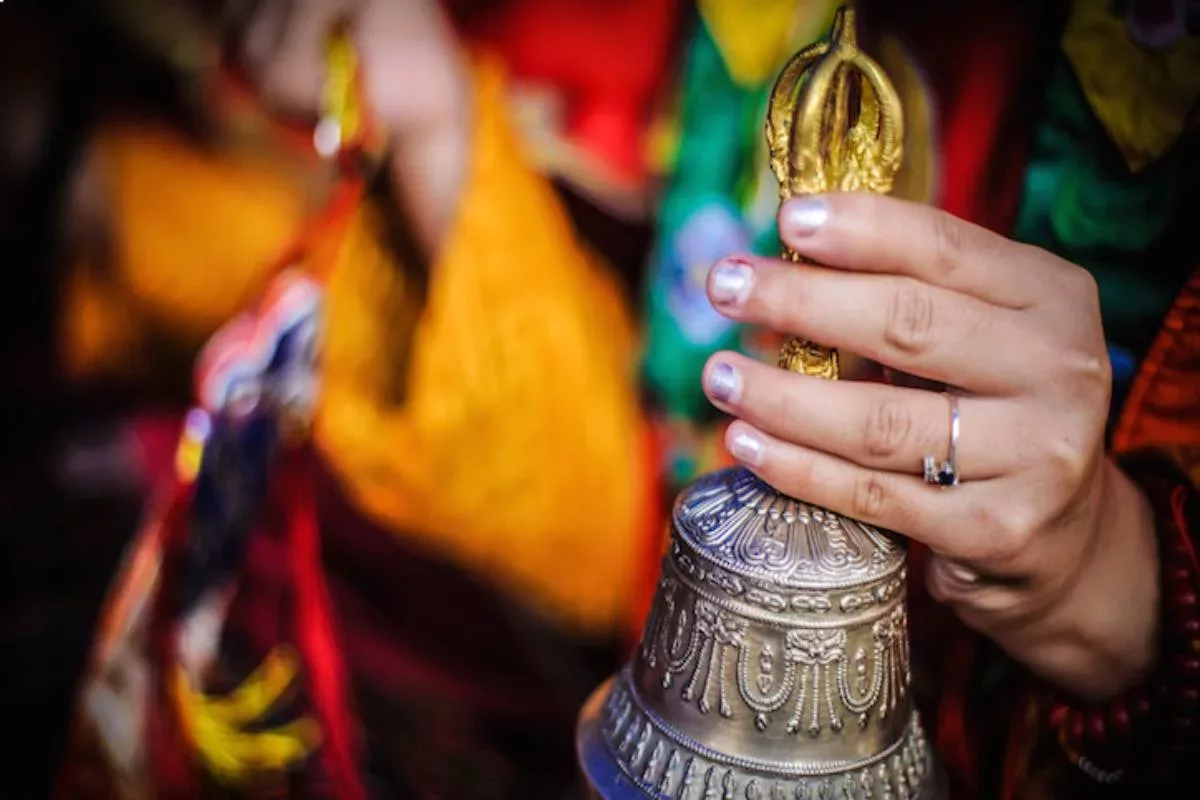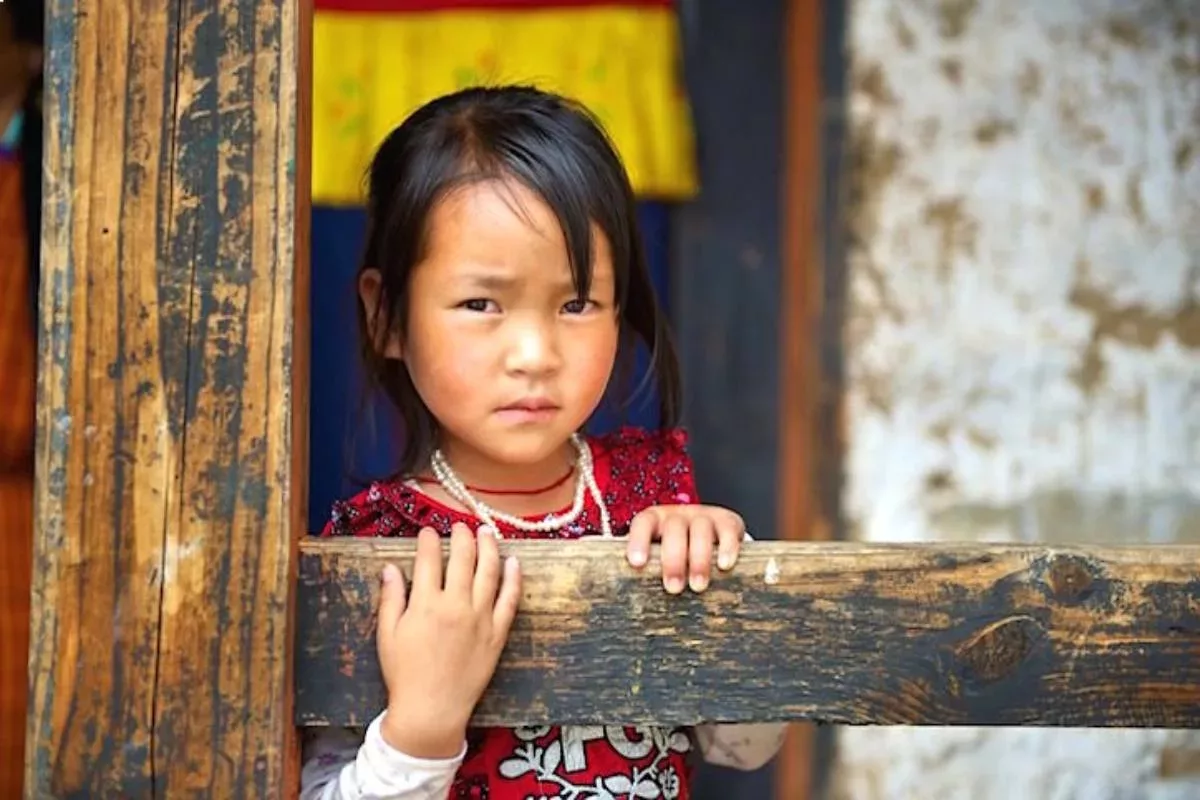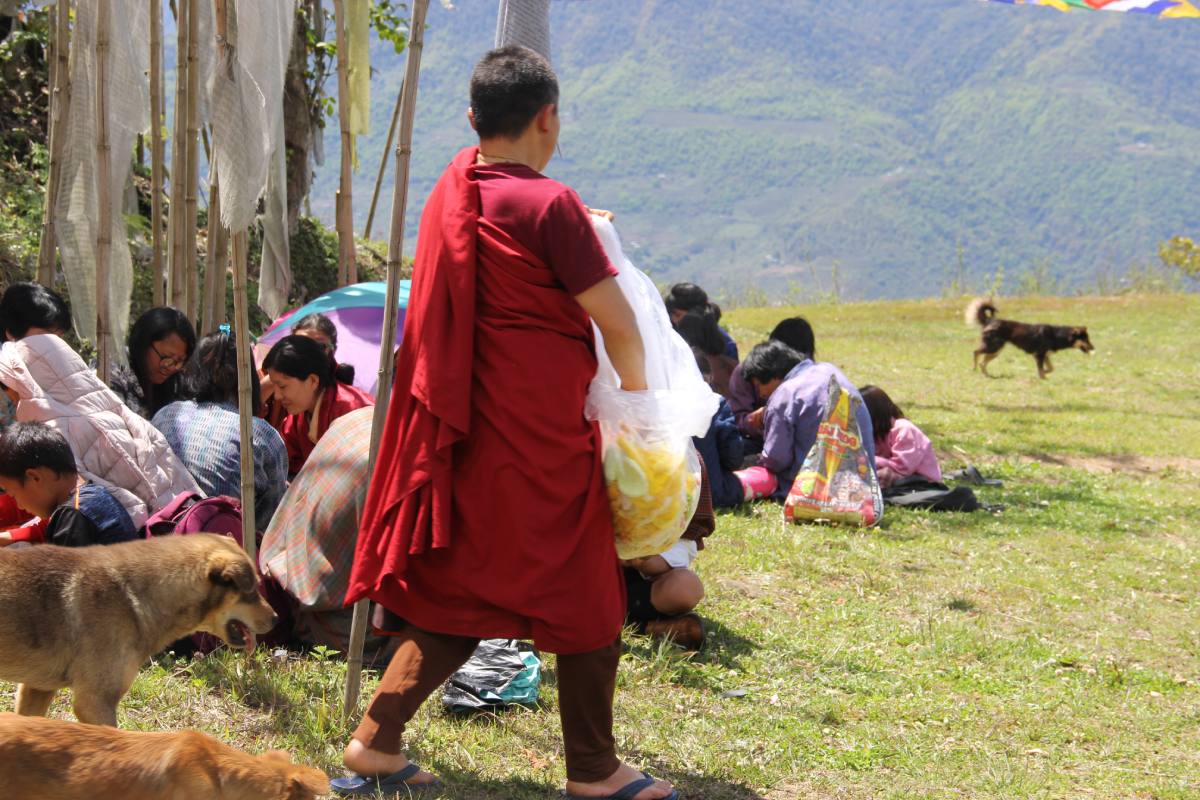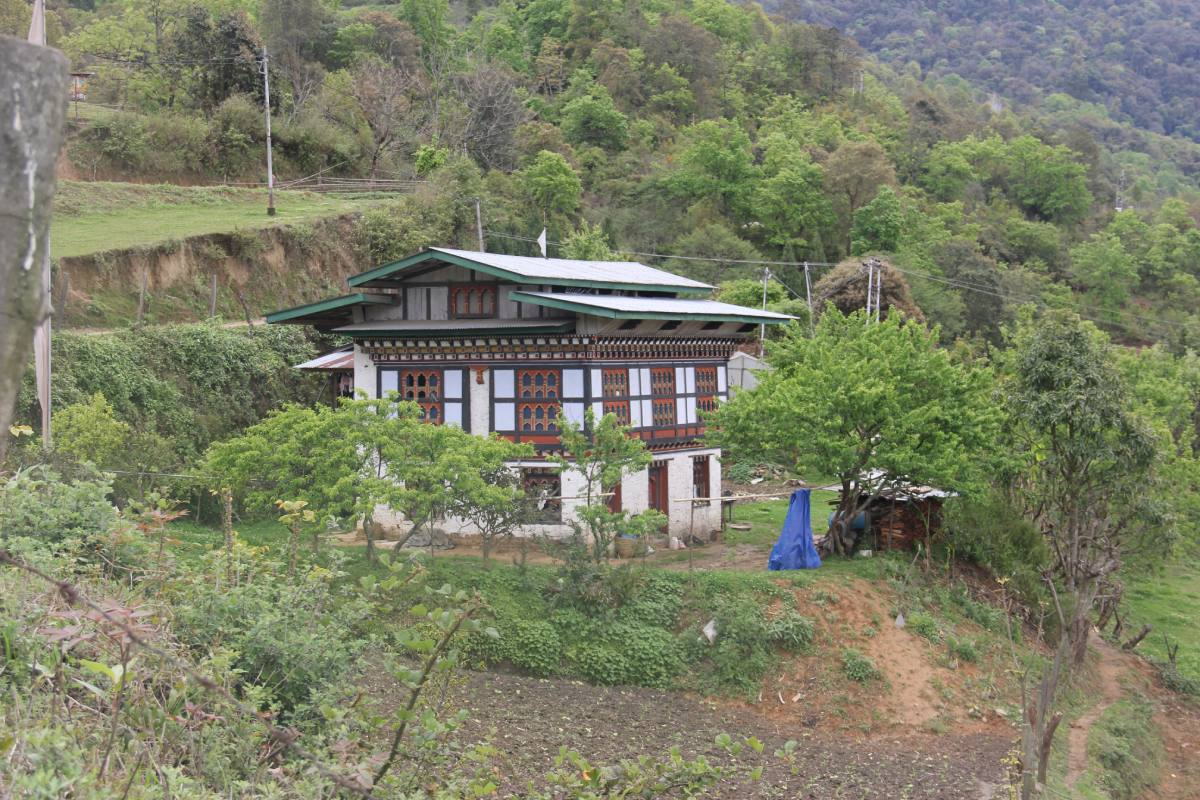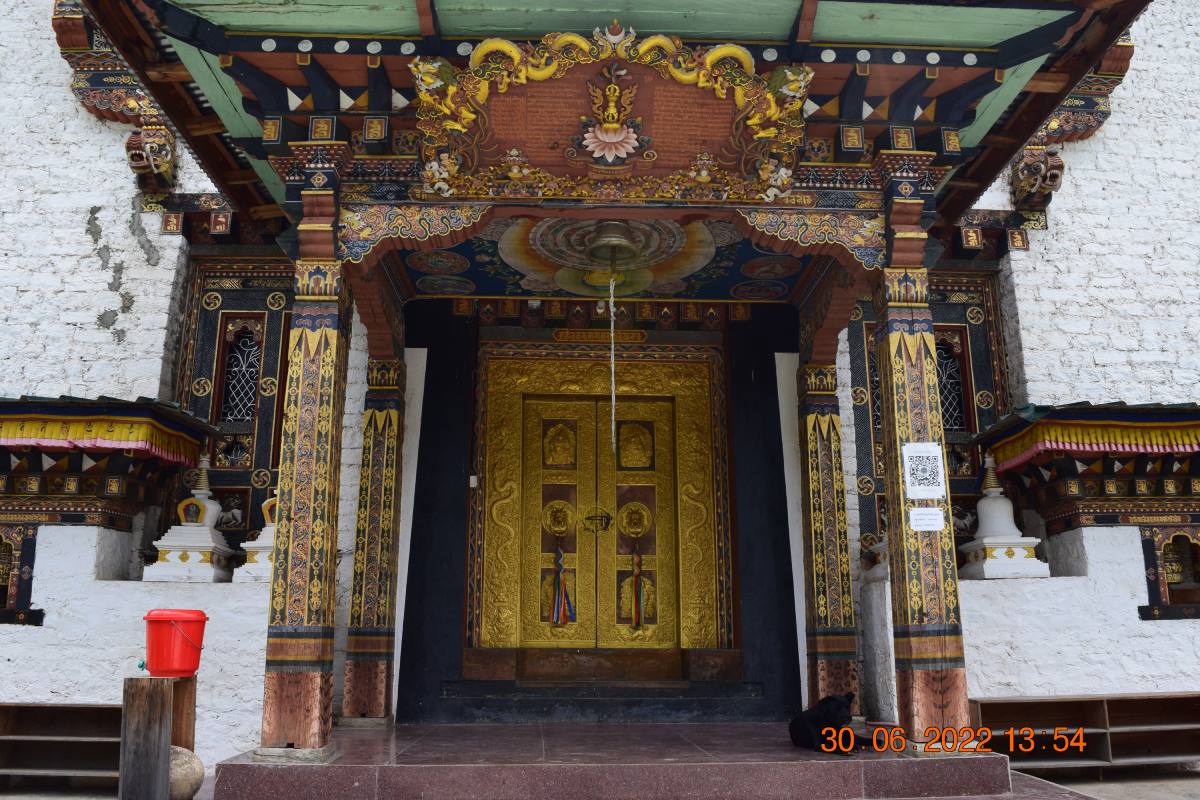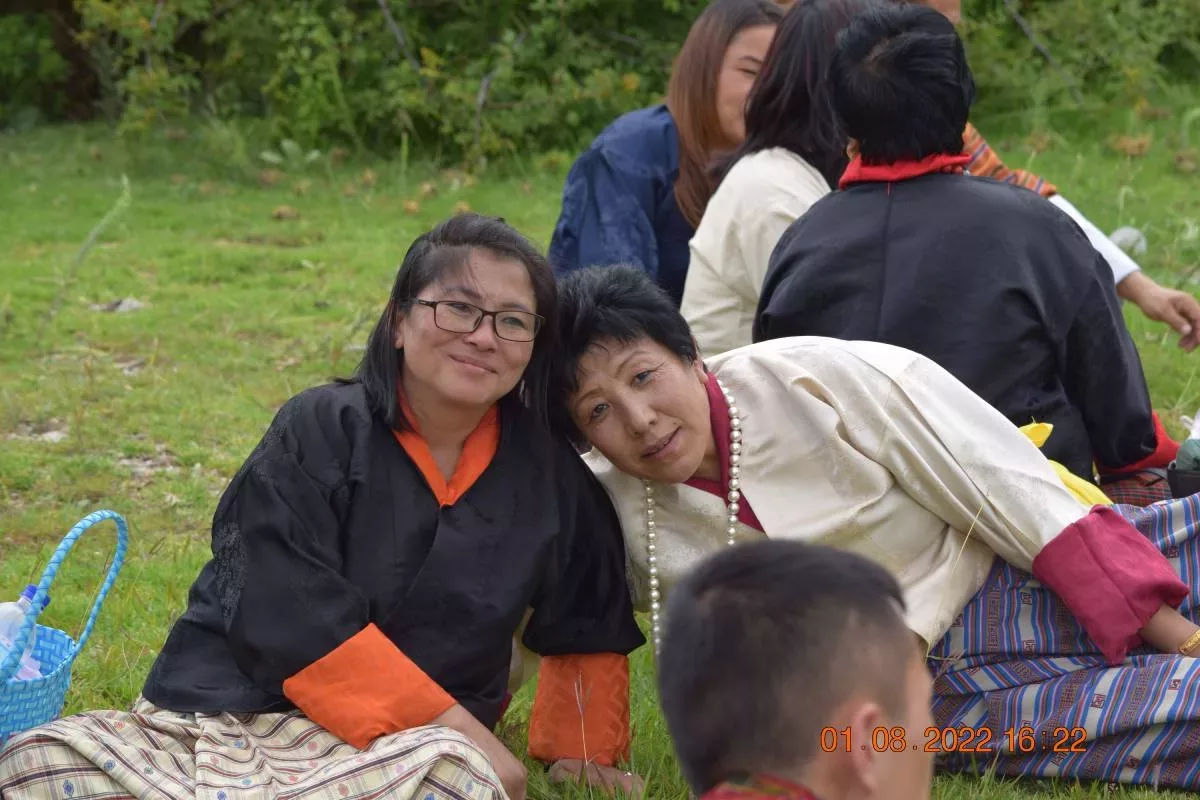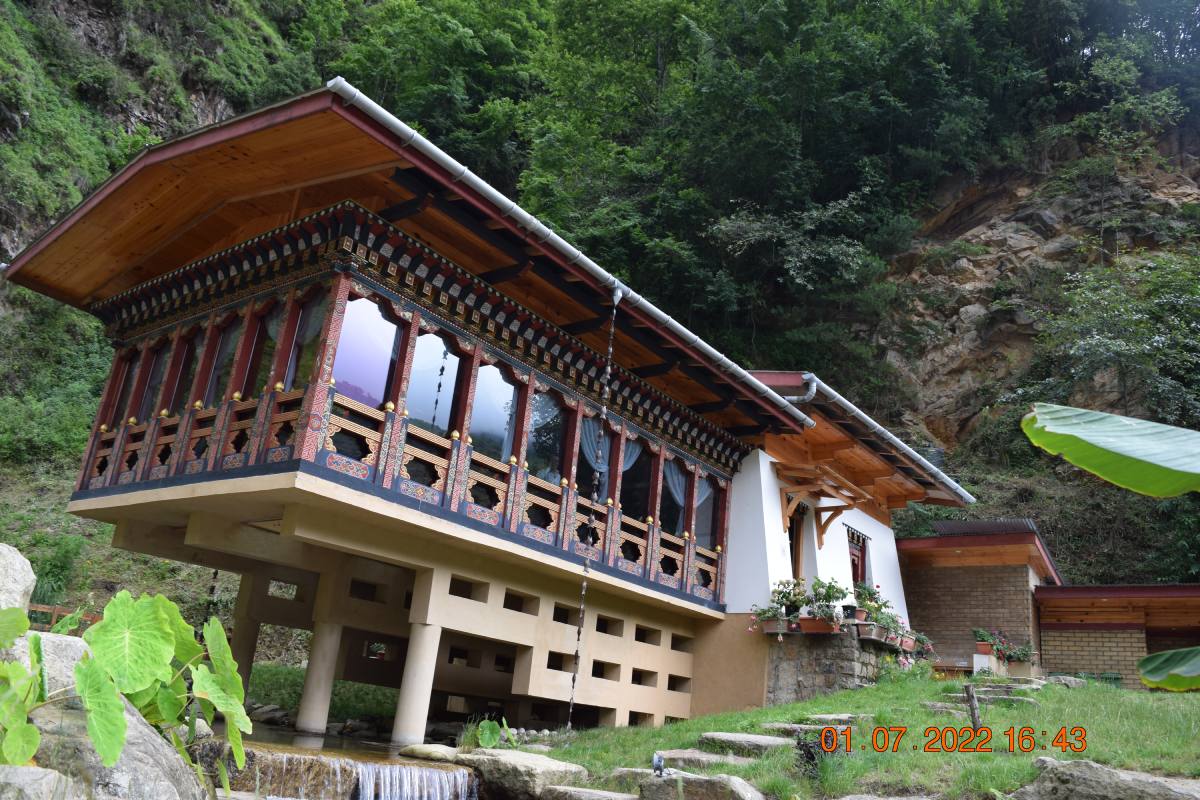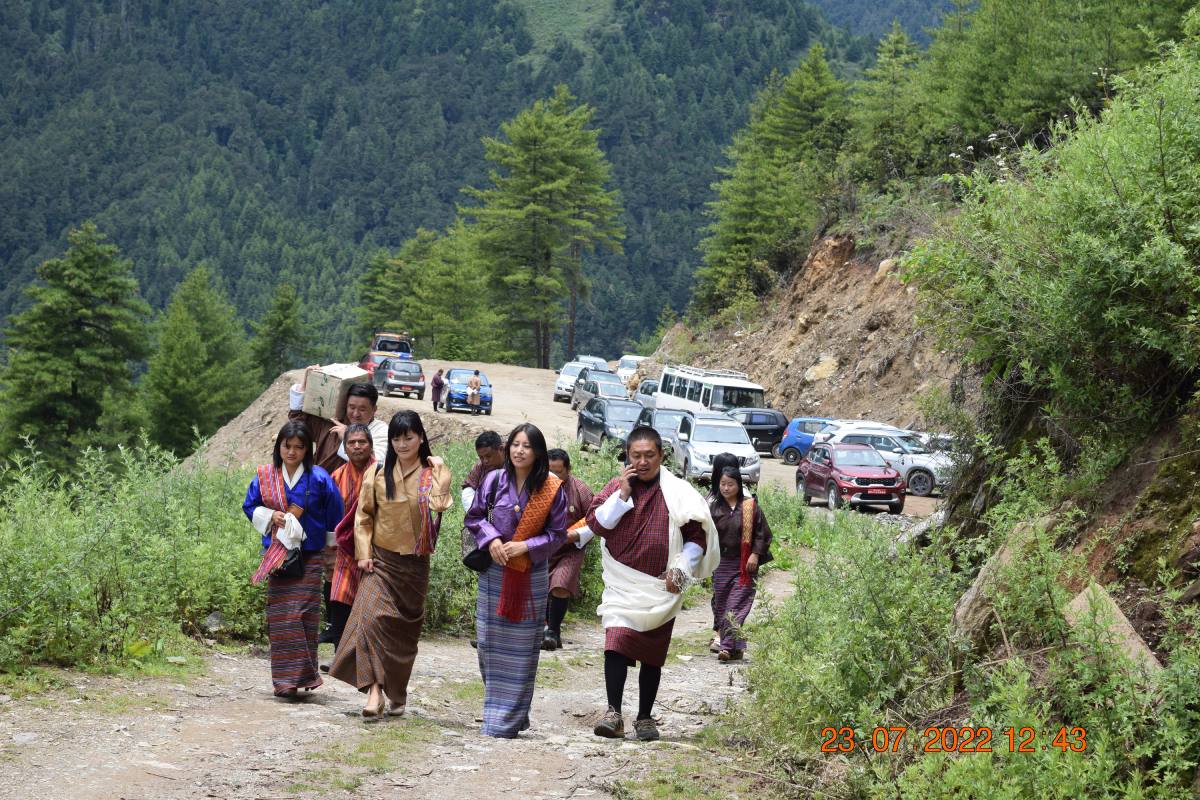Detailed Program
The flight to Paro is one of the most spectacular mountain flights in the world, with a constantly changing panorama of some of the highest mountains on earth. Our representative will meet you at Paro airport exit doors following customs formalities.
Following lunch, visit Kyichu temple, one of the oldest temples in Bhutan which was built in the 7th century. Attend a special purification ceremony at the temple performed by monks. This ceremony is mainly performed to purify and to bring good luck to you for your trip to Bhutan. Afterward, drive to the capital, Thimphu (1.5 hours) following the Pachu River. Before dinner at the hotel, there will be an orientation on Bhutanese etiquette by your guide. Overnight at your hotel in Thimphu.
Places and attractions:
- Tashichho Dzong
- Semthoka Dzong
- Dochu La Pass
- Memorial Chorten
- Changangkha Lhakhang
- Zangdopelri
- The Tallest Buddha Image
- Tango And Cheri Monasteries
- The Handicrafts Emporium
- Traditional Medicine
- Zorig Chusum Institute
- National Library
- Weekend Market
- Botanical Garden
- Thadrak Goemba
- Tashigang Goemba
- Chizhing Samtencholing Lhakhang
Accommodation options:
Begin your day with a visit to the handmade paper factory. Paper has been made in the Himalayas for a long period of time, traditionally to supply the Buddhist monasteries with paper for woodblock and manuscript books. The most common and popular papers of Bhutan are made from the bark of the desho plant, a variety of Daphne. It is a dark woody paper fiber found only in Bhutan. Bhutanese Handmade Paper is made without environmental damage to the land.
If your visit to Thimphu coincides with the weekend, you can walk through the Thimphu Market to see the variety of food of Bhutan, including basket upon basket of fiery chilies, fresh cheese, and a variety of fresh greens. In addition, many stalls contain Bhutanese handicrafts and household items. (This market is open only from Friday until mid-Sunday). Later visit the Folk Heritage Museum featuring an exhibition of items and artifacts of Bhutanese villages and rural households. The museum also organizes demonstrations of rural traditions, skills, habits, and customs, educational programs for children, and research and documentation on rural life in Bhutan.
In the evening, your guide will demonstrate how to wear our national costumes (gho for men and Kira for women). It is an opportunity for the clients to try our national dress. Overnight at your hotel in Thimphu.
Places and attractions:
- Tashichho Dzong
- Semthoka Dzong
- Dochu La Pass
- Memorial Chorten
- Changangkha Lhakhang
- Zangdopelri
- The Tallest Buddha Image
- Tango And Cheri Monasteries
- The Handicrafts Emporium
- Traditional Medicine
- Zorig Chusum Institute
- National Library
- Weekend Market
- Botanical Garden
- Thadrak Goemba
- Tashigang Goemba
- Chizhing Samtencholing Lhakhang
Accommodation options:
Depart for Punakha, the ancient capital of Bhutan. The road takes you over Dochu-La pass (3,100m) where you will stop to walk around the 108 stupas and, if the weather is clear, enjoy an incredible view of Himalayan peaks. Before reaching Punakha, visit Royal Botanical Garden in Lamperi. The park features a variety of forest types, spectacular scenery, natural rhododendron groves, endangered wildlife, and a lake. Declared over an area of 47 square kilometers, the park serves as a biological corridor connecting Jigme Dorji National Park and Jigme Singye Wangchuck National Park. Continue your drive towards Punakha through beautiful countryside offering a glimpse of everyday life in this most remote of Himalayan kingdoms. In the Dochu-La area, there are vast Rhododendron forests that grow to tree size and bloom in late April/early May covering the mountains in a riot of glorious spring color.
Check into your hotel in Punakha/ Wangduephodrang. Afterward, visit Lhawang Tshering’s small incense-making factory, the most successful and leading incense exporter in Bhutan. Incense, (poi) is one of the most essential elements in religious offerings. Its aroma, it is said, can help to soothe and calm a restless mind. After visiting the incense factory we will visit the small town of Wangduephodrang. Overnight at your hotel in Punakha/ Wangduephodrang.
Places and attractions:
- Punakha Dzong
- Khamsum Yulley
- Talo Goenpa
- Nalanda Buddhist College
- Chorten Nyingpo Lhakhang
- Sangchen Dorji Lhuendrup
- Limukha Village
- Ritsha Village
Accommodation options:
Morning visit Punakha Dzong, the “Palace of Great Happiness”. It was built in 1637 by the Shabdrung, the ‘Unifier of Bhutan’ as predicted by the great Guru Rimpoche (Padmasambhava). It is situated at the confluence of the Mo Chu and Pho Chu (Mother and Father Rivers) and is the winter headquarters of the Je Khenpo and hundreds of monks who move en masse from Thimphu to this warmer location. The three-story main temple of the Punakha Dzong is a breathtaking example of traditional architecture with four intricately embossed entrance pillars crafted from cypress and decorated in gold and silver. After visiting the dzong we will walk for about 10 minutes to see the swing bridge built over the Pho Chu river connecting people from Shengana village with Punakha Dzong. This is one of the longest suspension bridges in Bhutan constructed around 2001.
Later explore around Punakha valley and look for semi-nomadic tribal people known in Bhutan as “Layaps” (Interaction with Layap people is possible only from Dec –the end of March). They can be seen in and around Punakha valley during the winter months when they migrate southward from Laya to escape the extreme cold. After a picnic lunch nearby the Pho Chu river, we will drive back to Lobesa and visit a farmhouse. Here we will see a Traditional Bhutanese cooking and farming demonstration. Afterward, participate in some unique Bhutanese recreational activities including Khuru, a Bhutanese dart game, Archery, The National Game of Bhutan, and Degor, a throwing competition. Overnight at your hotel in Punakha/ Wangduephodrang.
Places and attractions:
- Punakha Dzong
- Khamsum Yulley
- Talo Goenpa
- Nalanda Buddhist College
- Chorten Nyingpo Lhakhang
- Sangchen Dorji Lhuendrup
- Limukha Village
- Ritsha Village
Accommodation options:
This morning we will drive back to Thimphu on the same road crossing over Dochula pass at 3150m. En route, we will stop on the pass for hoisting prayer flags. Hundreds of these flags can be seen flying atop and around homes; mountain passes hills, bridges, monasteries, and temples.
Hike from Dochula and finish at Hongtsho village with Lungchutse gomba and Trashigang gomba visit. You will start your hike from the large chorten in the middle of Dochula, the pass between Thimphu and Punakha at 3140 meters (10300 feet) above sea level. From here the trail slowly climbs a ridge through a forest of hemlock, birch, and rhododendrons until reaching an open meadow. Again, you will enter into the forest of moss-covered rhododendrons, gigantic hemlocks, junipers, and bamboo undergrowth. A small trail leads you the last 50 meters past a row of fluttering prayer flags up to Lungchutse temple.
A trail to the left just 150 meters below Lungchutse, leads to Trashigang village and temple. It slowly descends through spruce, rhododendron, hemlock, and juniper forest. The trail leading down from the front of the temple zigzags quite steeply down the side of the mountain until reaching a farm road that takes you up to the main road. Unless you have had enough hiking for one day, you might also want to visit the Hongtsho village temple on the hillside to the right on the opposite side of the road. This involves a 30 – 60 minute short hike up through the little village and backs down again the same way.
The 12th Je Khenpo built Trashigang Goemba in 1786. It is an important mediation center and houses statues of several Je Khenpo who meditated here. The older brother of Drukpa Kuenley, the Divine Mad Man, built Hongtsho Goemba in 1525. It is a two-story traditional Bhutanese building where the main alter room has an enormous statue of Guru Tshoki Dorji in a standing posture together with a statue of Guru Dorji Drool, Lama Ngawang Chogyal, and Lama Drukpa Kuenley.
Check into the hotel for lunch followed by a tour of the National Library housing the collection of Bhutanese scriptures dating back to the 8th century and the Choki Traditional Art School. Evening walks in the town and enjoys tea or coffee in a local café. Overnight at your hotel in Thimphu.
Places and attractions:
- Tashichho Dzong
- Semthoka Dzong
- Dochu La Pass
- Memorial Chorten
- Changangkha Lhakhang
- Zangdopelri
- The Tallest Buddha Image
- Tango And Cheri Monasteries
- The Handicrafts Emporium
- Traditional Medicine
- Zorig Chusum Institute
- National Library
- Weekend Market
- Botanical Garden
- Thadrak Goemba
- Tashigang Goemba
- Chizhing Samtencholing Lhakhang
Accommodation options:
Morning visit to the National Memorial Chorten, first initiated by the Third King as a protection from the negative elements of modernization, and as a monument to world peace. The Royal Queen Mother completed it as a memorial stupa for the Third King who passed away in 1972. Continue on to 12th-century Changangkha Temple and Dupthob monastery housing the Zulikha Nunnery.
Following lunch, depart for Paro. On arrival enjoy a stroll through downtown Paro before checking into the hotel. If possible, we will arrange a storyteller to entertain you with Bhutanese folktales before dinner. Overnight at your hotel in Paro.
Places and attractions:
- Rinpung Dzong
- Drukgyel Dzong
- Taktshang
- Kyichu Lhakhang
- Kila Gompa
- Dungtse Lhakhang
- Tachog Lhakhang
- Dzongdrakha
Accommodation options:
After breakfast hike to Taktsang Temple. The walk of approximately 1.5 to 2 hours uphill takes you almost a kilometer above the Paro valley floor (for those who cannot hike we will arrange a horse for transfer up to the cafeteria). The view of Taktsang Monastery built on a sheer cliff face 900 meters above the valley floor is a spectacular sight. The Monastery is also an important pilgrim site for the Buddhists. The great Guru Rimpoche is said to have flown here on the back of a tigress when he brought the teachings of the Buddhist Dharma to Bhutan in the 8th Century. He then mediated in a cave there for three months where the monastery was later built. The cave is said to be the origin of Buddhism in Bhutan. Nearby there is a teahouse where you can stop for refreshments.
In the afternoon return to Paro for some sightseeing including a visit to the Ta Dzong Museum housing many religious relics, works of art, and handicrafts offering a great orientation into Bhutan’s historical, cultural, and religious past. Next, visit the Rimpong Dzong to see the painting of the great saint Milarepa, considered the master of meditation and believed to have attained enlightenment in a lifetime. Upon your return to the hotel, enjoy a traditional hot stone bath.
Places and attractions:
- Rinpung Dzong
- Drukgyel Dzong
- Taktshang
- Kyichu Lhakhang
- Kila Gompa
- Dungtse Lhakhang
- Tachog Lhakhang
- Dzongdrakha
Accommodation options:
Breakfast in the hotel then drives to the airport for the flight to your onward destination.
- Inclusion
- Exclusion
- Insurance
- Airport pick-up and drop-off by private vehicle.
- 3-star accommodation (4 & 5 stars may require an additional premium update).
- Bhutan visa fee – including all necessary processing
- Route Permit
- Three meals per day during your stay in Bhutan
- A licensed Bhutanese tour guide
- All land transportation by private vehicle
- Camping equipment and haulage for trekking tours
- Sightseeing as per itinerary
- Monuments entrance fees where applicable
- Drinking water
- All internal taxes and charges
- A sustainable development fee of $200. (This sustainable development fee goes towards free education, free healthcare, and poverty alleviation, along with the building of infrastructure.)
- Airfare & Travel Insurance
- Expenses of personal nature, Tips to guides and drivers
- Expenses occurred due to unavoidable events i.e. road wrecks, flight delays etc.
Package does not include insurance of any kinds, and that you are required to obtain separate coverage from your home country before your trip begins.

